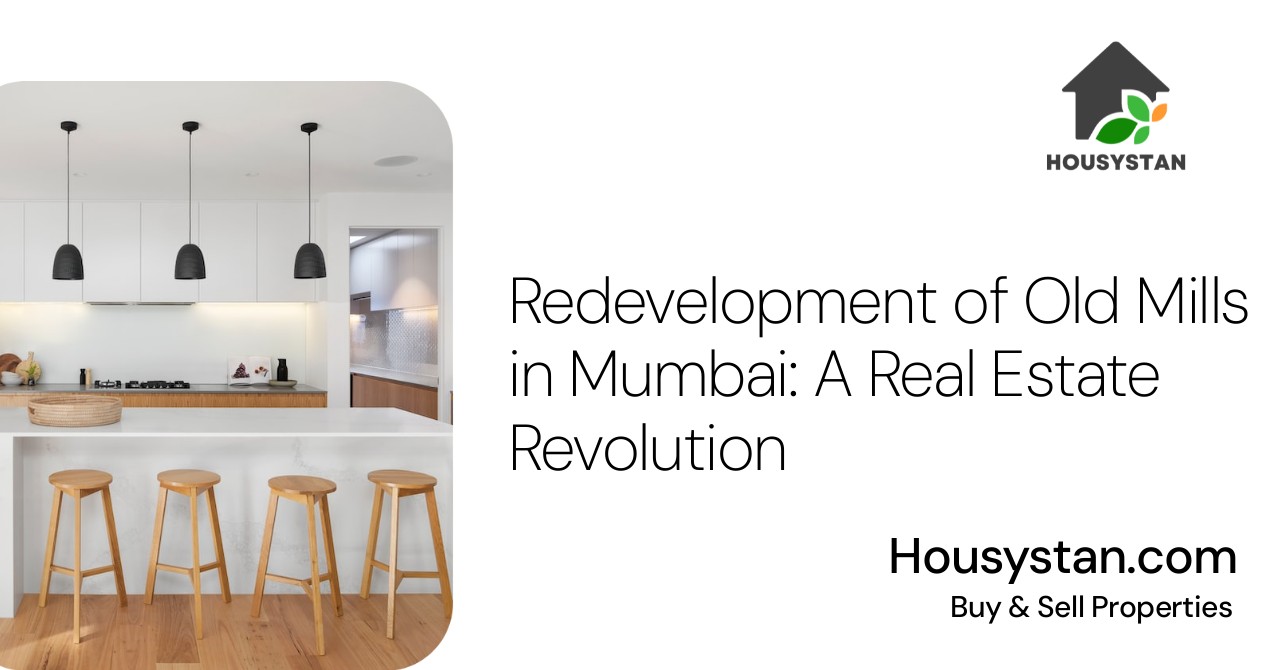Redevelopment of Old Mills in Mumbai: A Real Estate Revolution
Read latest blogs and articles from Housystan

The Information mentioned here was last updated on:
4/12/2025The redevelopment of old mills in Mumbai marks a transformative chapter in the city’s real estate landscape. Once industrial powerhouses, these mills are now at the heart of ambitious urban renewal projects that are reshaping the skyline and breathing new life into South Mumbai and its surrounding neighborhoods. Real estate developers, recognizing the strategic value of these prime locations, are converting obsolete industrial zones into vibrant residential, commercial, and mixed-use complexes, contributing to the city’s modernization and economic growth.
Mumbai’s mill lands, especially in areas like Lower Parel, Worli, and Byculla, have become hotspots for property investment and urban development. The shift from textile manufacturing to contemporary real estate ventures reflects the city’s evolving priorities, catering to the growing demand for luxury apartments, premium office spaces, and lifestyle amenities. These redeveloped sites not only optimize land use in a city with limited space but also preserve elements of Mumbai’s rich industrial heritage, blending historical architecture with cutting-edge design.
The government’s proactive policies and initiatives have played a crucial role in facilitating the redevelopment of old mills in Mumbai. Streamlined regulatory frameworks and incentives for developers encourage the transformation of derelict properties into modern landmarks. This revitalization benefits the community by creating new job opportunities, enhancing infrastructure, and improving the overall quality of life for residents. Moreover, the influx of retail outlets, entertainment hubs, green spaces, and social infrastructure elevates the standard of living and attracts both homebuyers and investors from across India and abroad.
- Verified Tenants/Buyers
- Unlimited Property Listing
- Zero subscription/charges fee
Sustainability is also a key focus in the redevelopment process. Many projects emphasize eco-friendly construction practices, energy-efficient buildings, and green landscaping to minimize environmental impact. By integrating sustainable solutions, developers ensure that Mumbai’s real estate revolution aligns with global standards for urban living. The redevelopment of old mills stands as a testament to Mumbai’s dynamic spirit, reflecting a city that continuously adapts to meet the aspirations of its people while honoring its storied past. For those seeking premium real estate opportunities in Mumbai, these revitalized mill lands offer unmatched potential and enduring value.